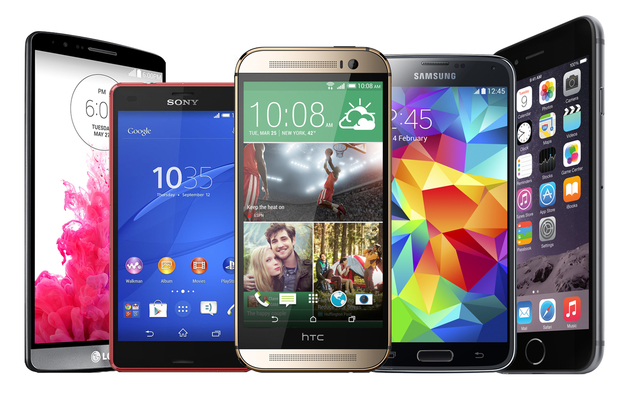Today, over 2 billion people own a smartphone. In 2020 it is estimated that there will be over 2.8 billion smartphone users, which is just over 1/3 of the world population. If you do the math, this means that every hour more than a 1000 people get a new device that is likely to be millions times more powerful than all of NASA’s combined computing in 1969. Imagine the number of users and the possibilities 20 years from now. And what are the implications for future businesses?
Well, if you are a developer of mobile applications every new smartphone user is a potential new customer, so the market is growing by the second. This also means that the network effect will become much stronger than it already is, as your application has the potential of reaching an increasingly larger part of the world population. But it is important to not only look at the number of users, but also where they are located. For example, India is expected to become the second largest market for smartphones in 2017, overtaking the United States. The Middle East and Southeast Asia are also becoming increasingly connected. These are important emerging markets holding an abundance of new opportunities for businesses.
But it is not only the demand side of business that makes the growth of smartphone users interesting. A larger number of users also mean that it becomes more interesting to develop applications based on free users contributions, as there are more potential contributors and the incentive to do so increases. Companies might also choose to make use of the crowd via open innovation strategies. This might be especially valuable in the emerging markets where the companies are less familiar with the demands of the customers. For example, user directed innovation could have great potential in such an environment.
So the growth in the number of smartphone users provides various advantages and possibilities. Yet what if the smartphone is replaced by a disruptive technology in, lets say, 10 years? Well, the world is becoming increasingly connected and the smartphone is just a instrument that supports this. Any technology that will replace the smartphone is likely to do just the same, but instead of being a phone, it might be a pair of glasses, a contact lens, a watch, or something we couldn’t think of at this moment. Whatever the technologies, it will most likely use applications as smartphones do today, so it will only provide new possibilities.
Sources
Felin, T. & Zenger, T. R. (2014). Closed or open innovation? Problem solving and the governance choice. Research Policy, 43, 914-925.
https://www.statista.com/statistics/330695/number-of-smartphone-users-worldwide/
http://www.zmescience.com/research/technology/smartphone-power-compared-to-apollo-432/
http://indianexpress.com/article/technology/tech-news-technology/india-second-largest-smartphone-market-2017/
Zhang, X. & Zhu, F. (2011). Group size and incentives to contribute: A natural experiment at Chinese Wikipedia. American Economic Review, 101, 1601-1615.

